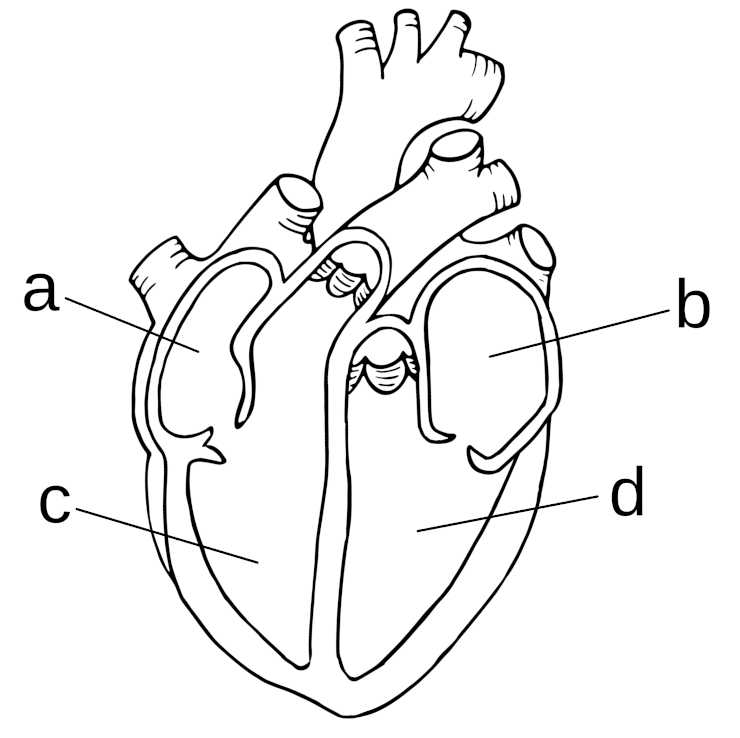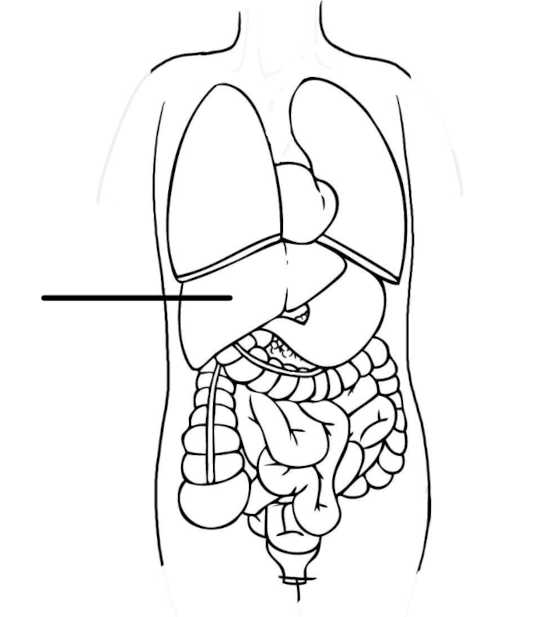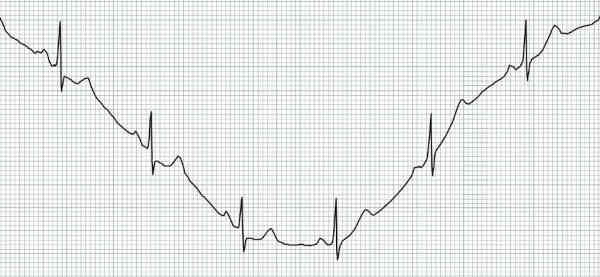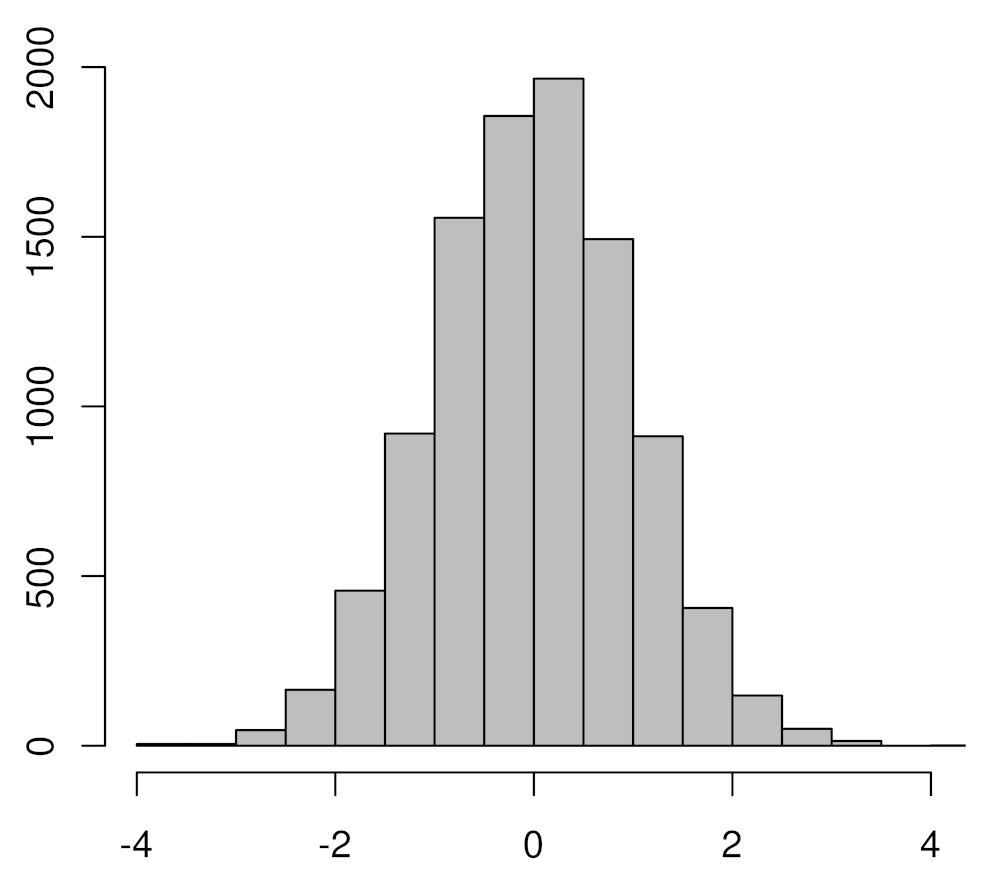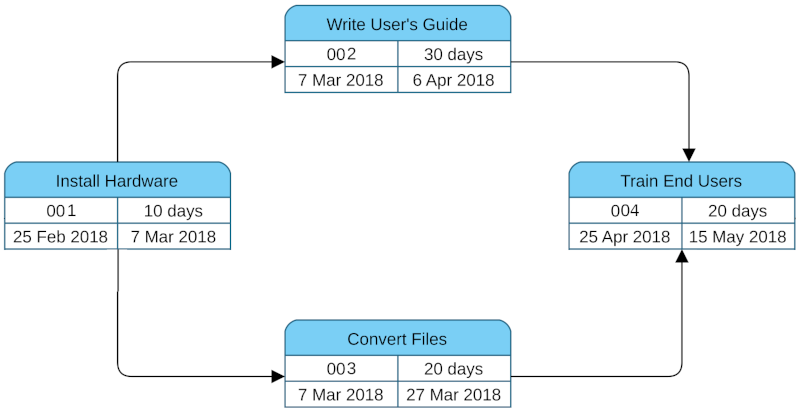 Examelot
Examelot
Report a problem
The CHIM NCE (Certified in Health Information Management National Certification Examination) is an exam administered by the Canadian College of Health Information Management (CCHIM).
The exam assesses entry-level knowledge of health information management, including information governance, medical terminology, analytics, and privacy.
Passing the exam is a requirement to become a Certified Health Information Management (CHIM) professional in Canada.
These practice questions will help prepare you for the CHIM national certification exam.
This page contains 200 practice questions divided into the six sections of the exam: 1. Information governance, 2. Data quality, 3. Clinical knowledge, 4. Analytics, 5. Privacy, and 6. Technology.
All questions have been carefully designed to mimic the questions on the real exam, to help you prepare and get a passing grade.
Check out all the practice tests in this series: Practice Test 1, Practice Test 2, and Practice Test 3.
